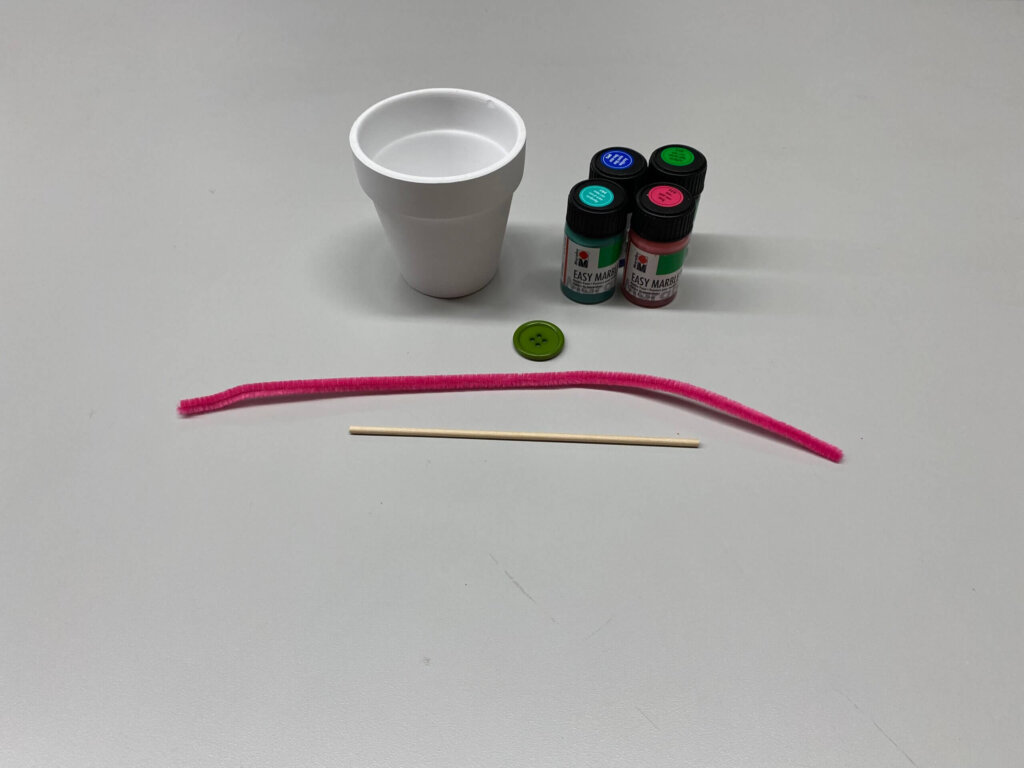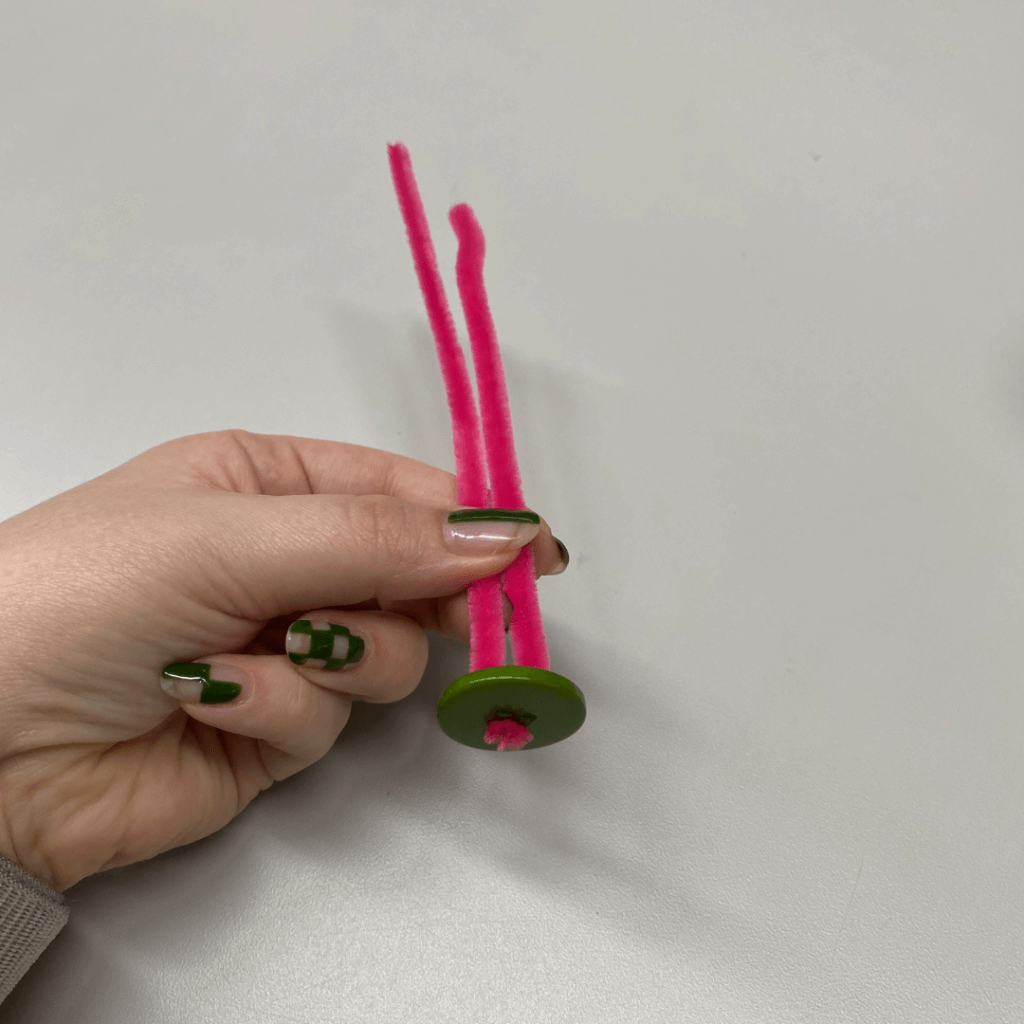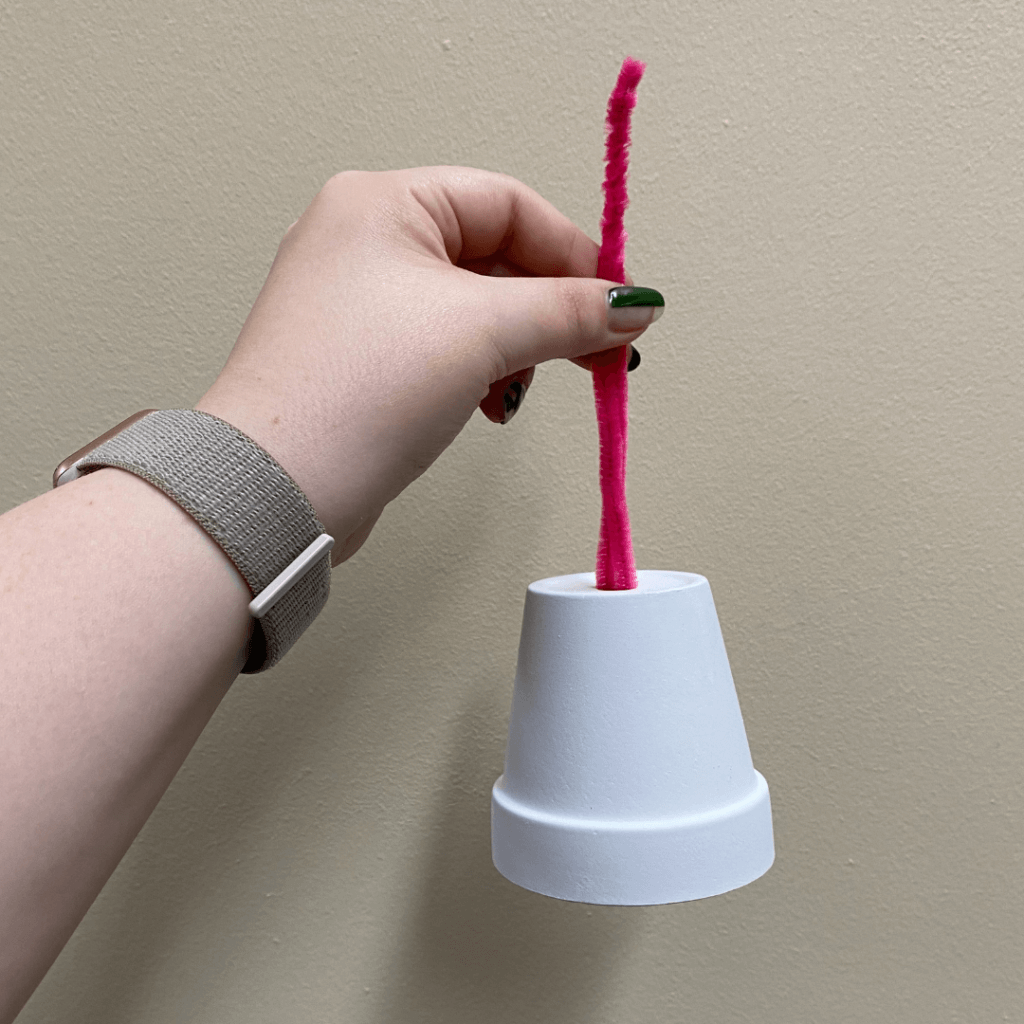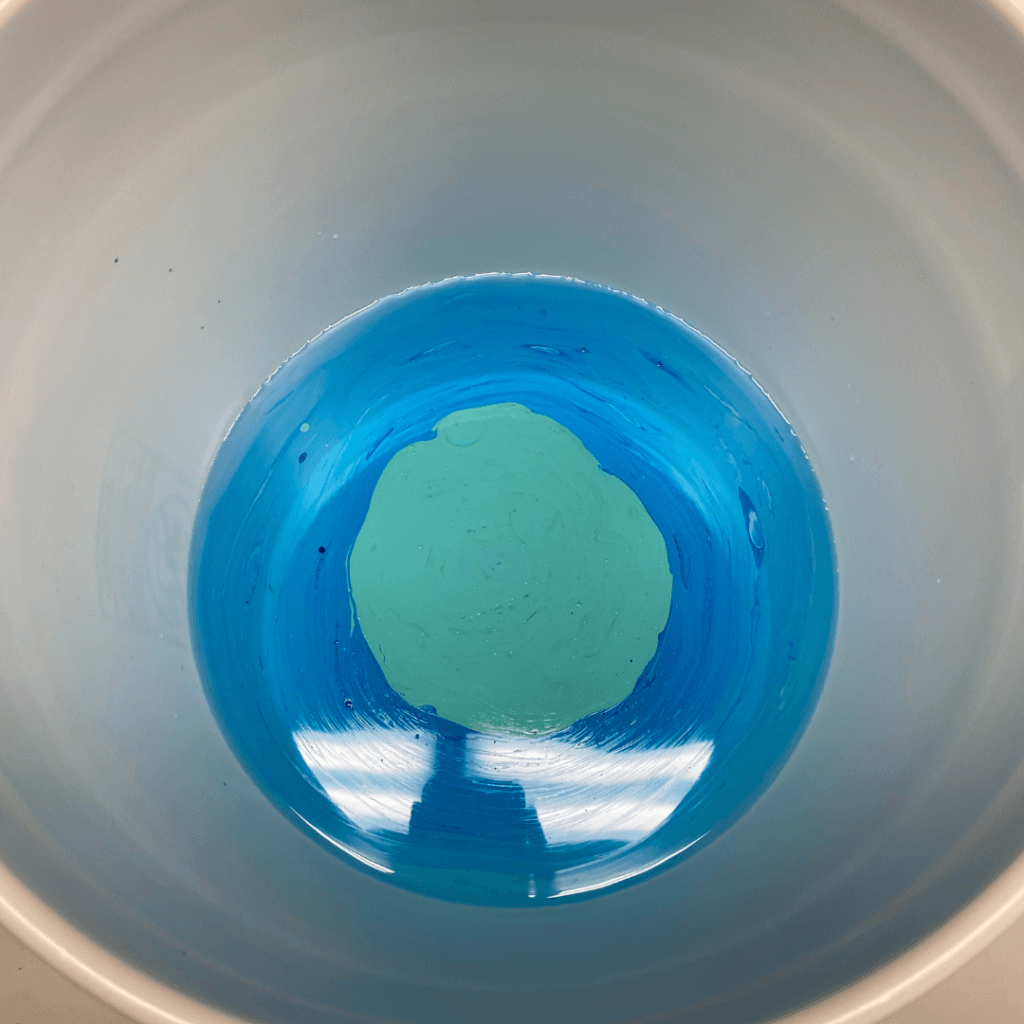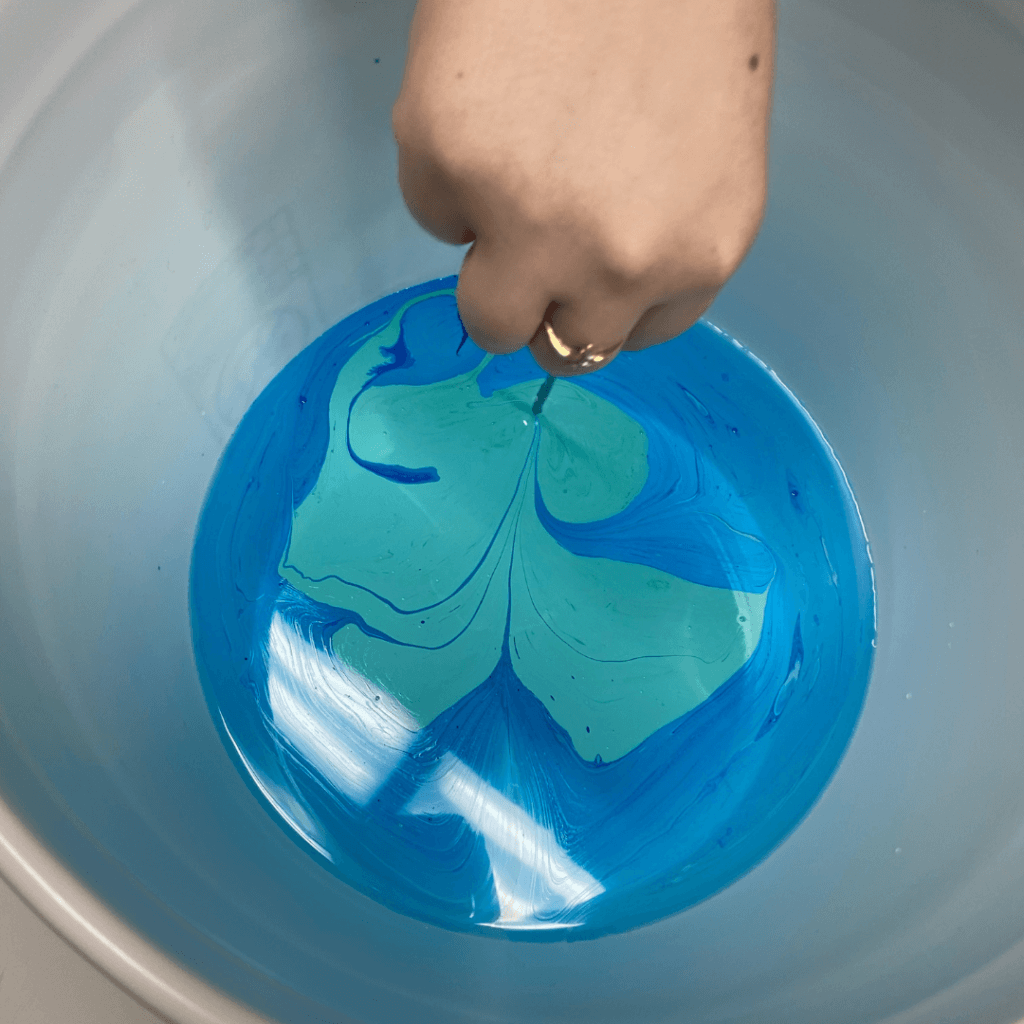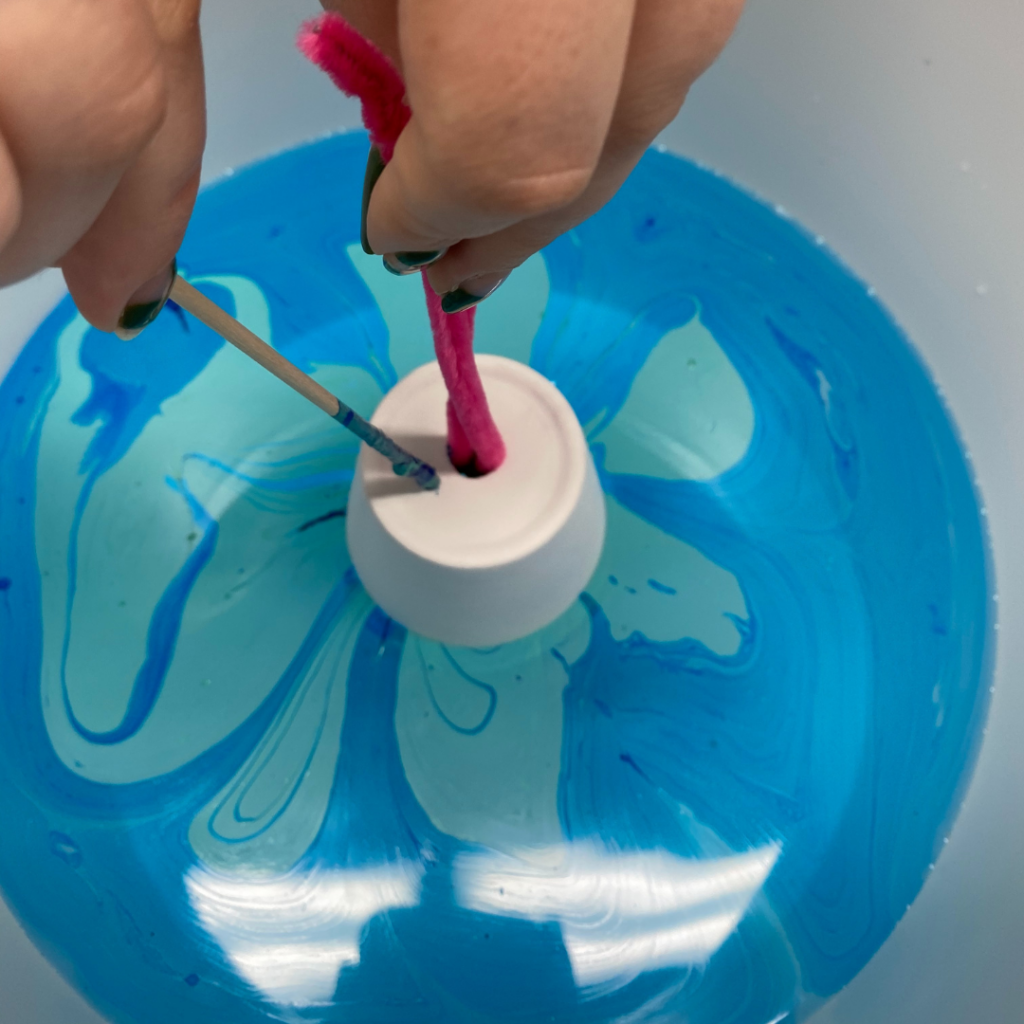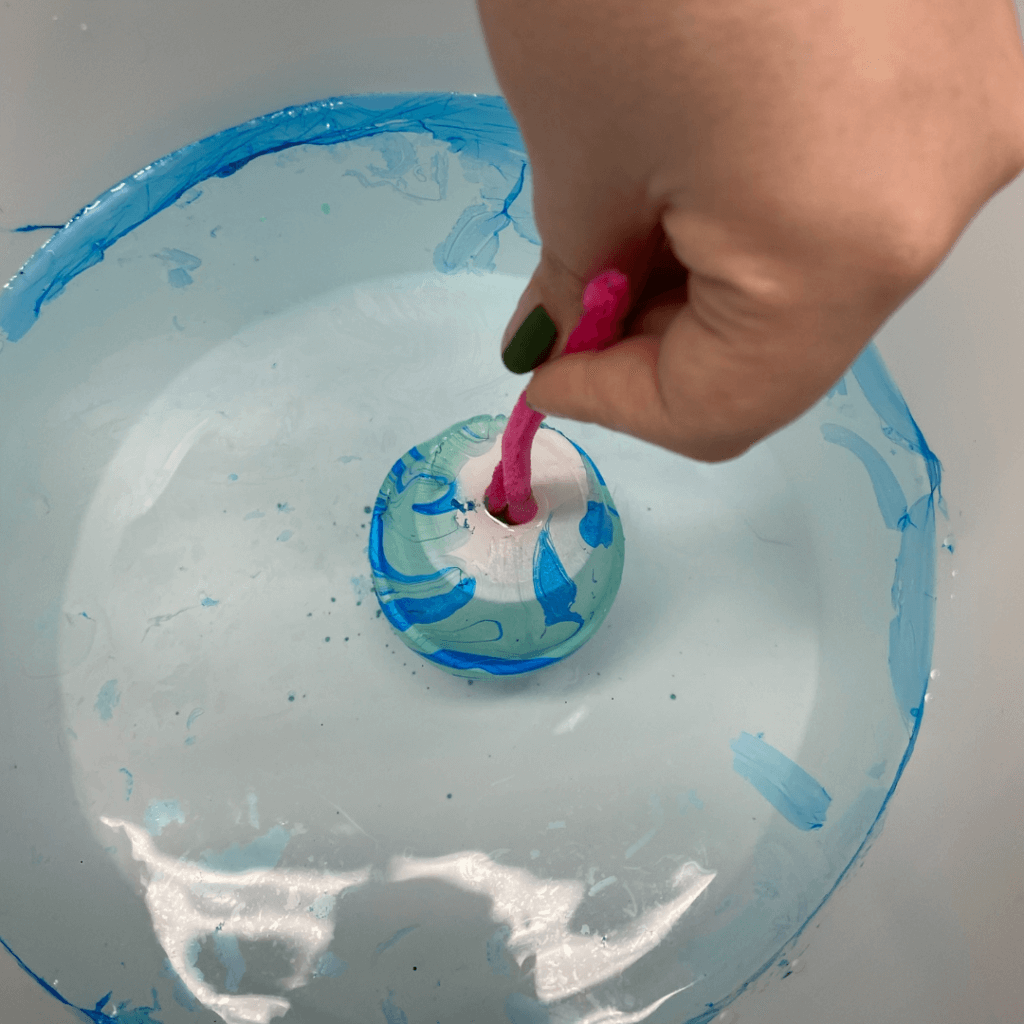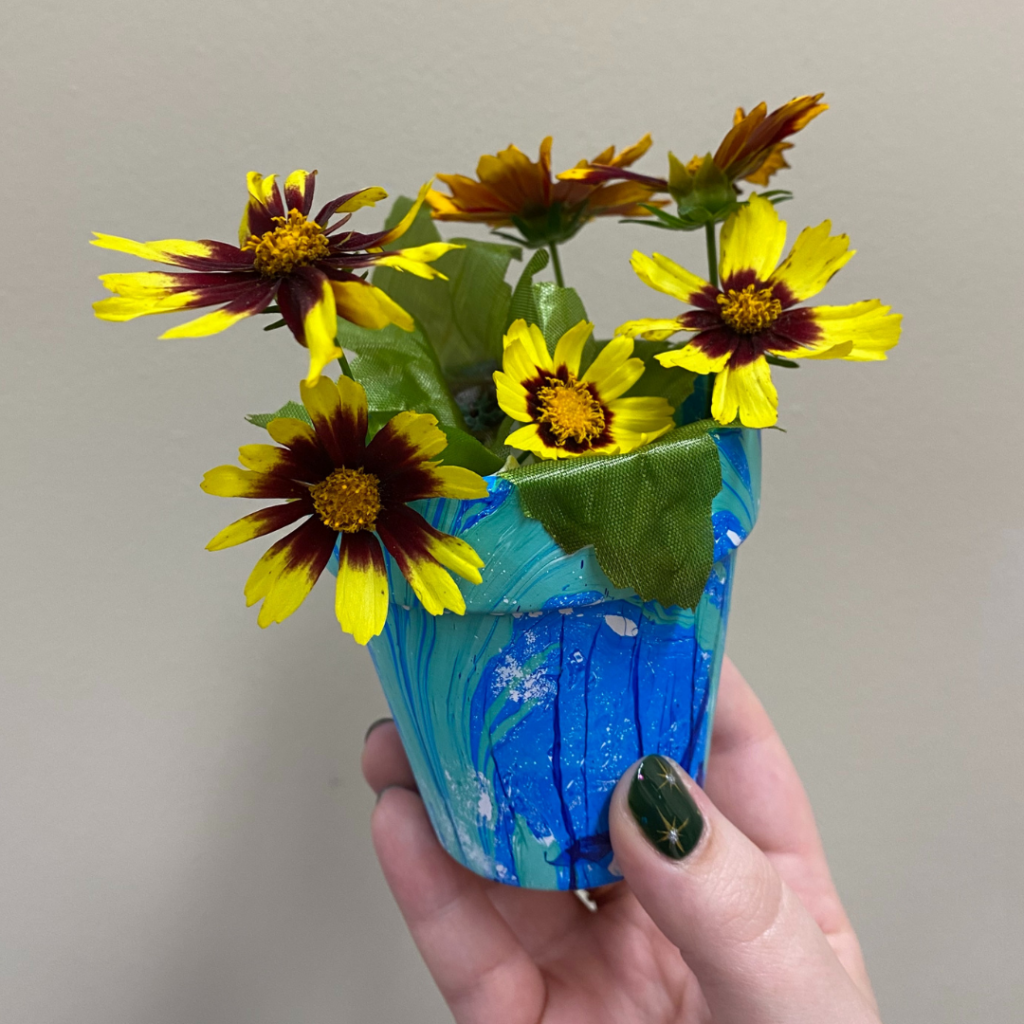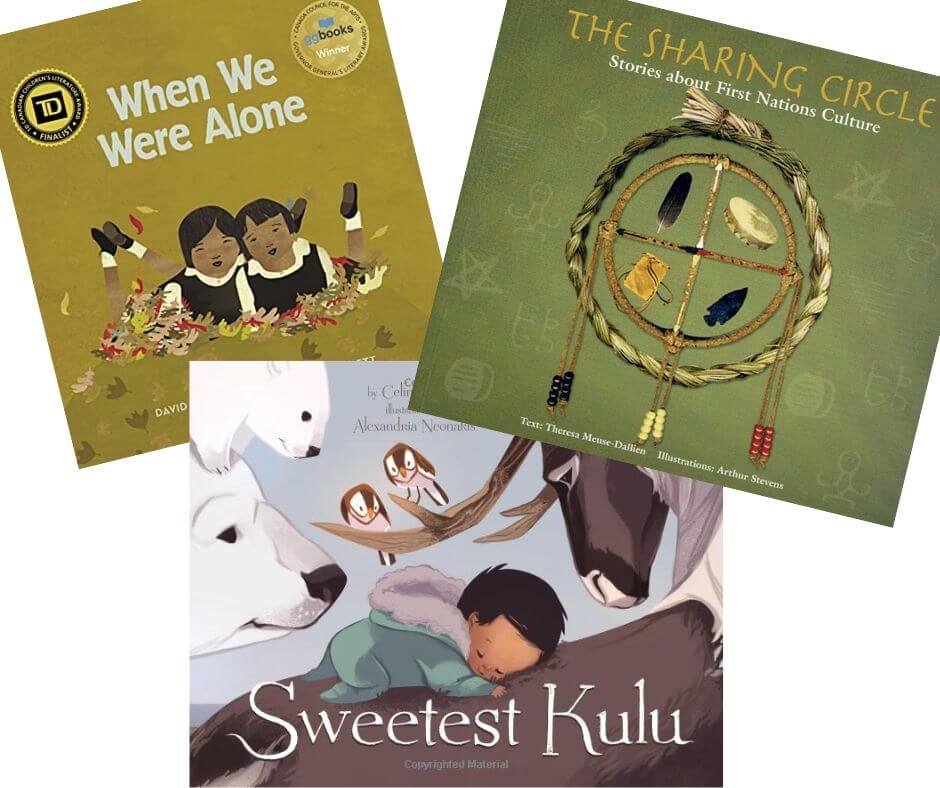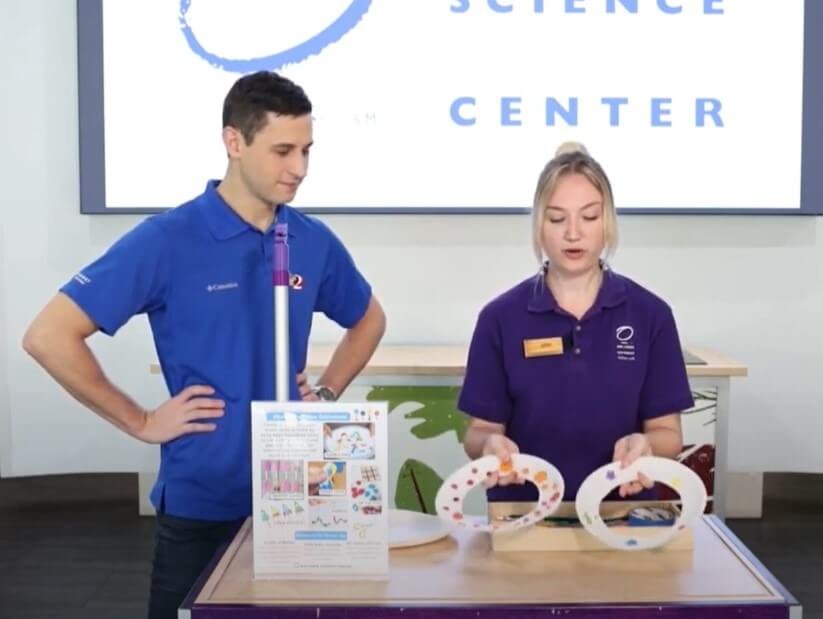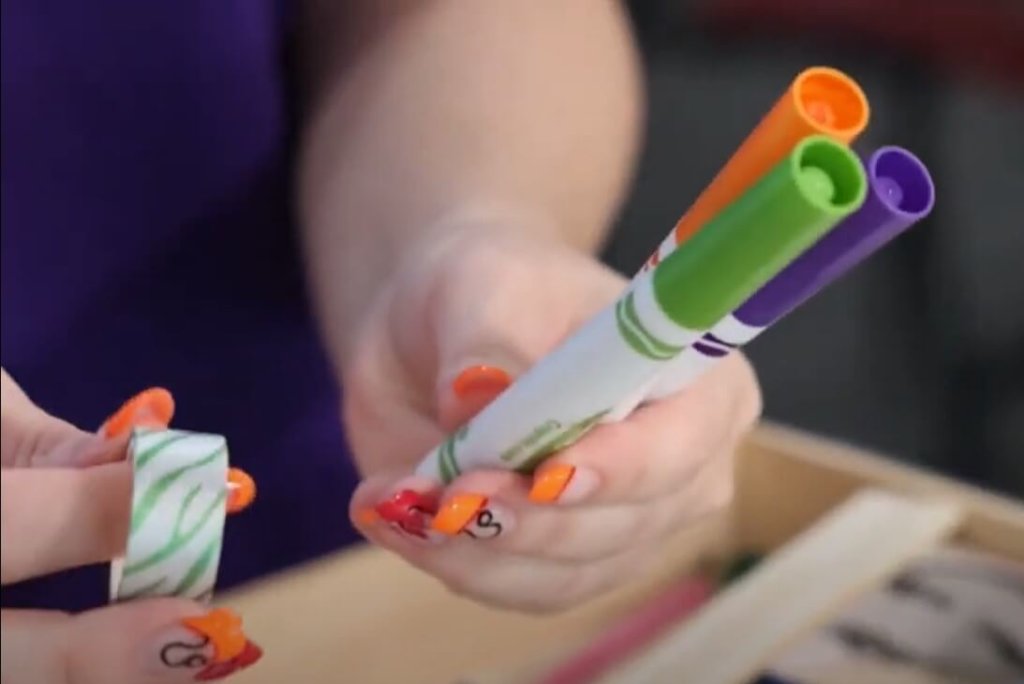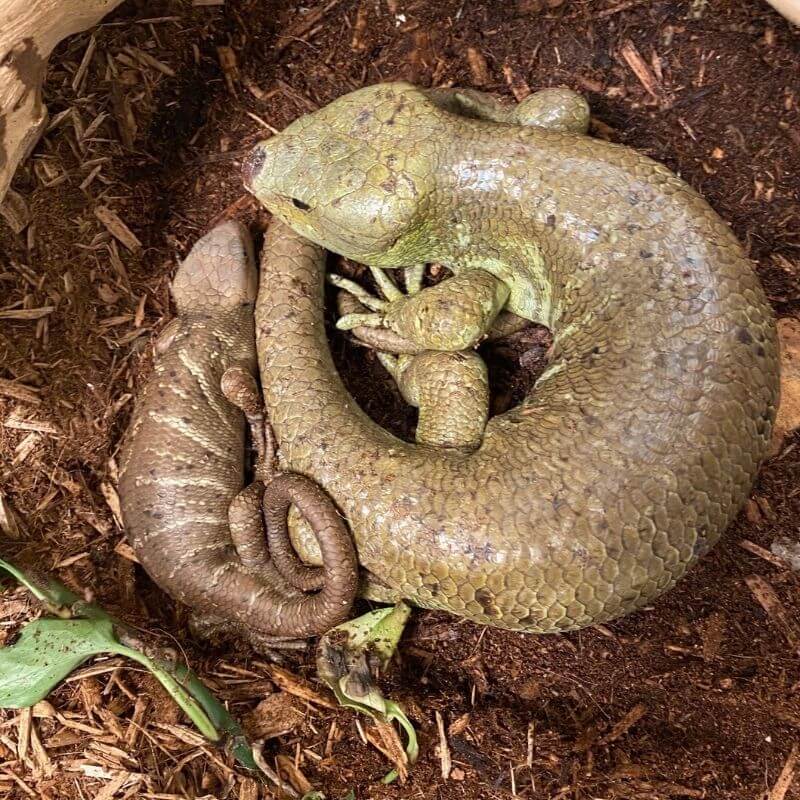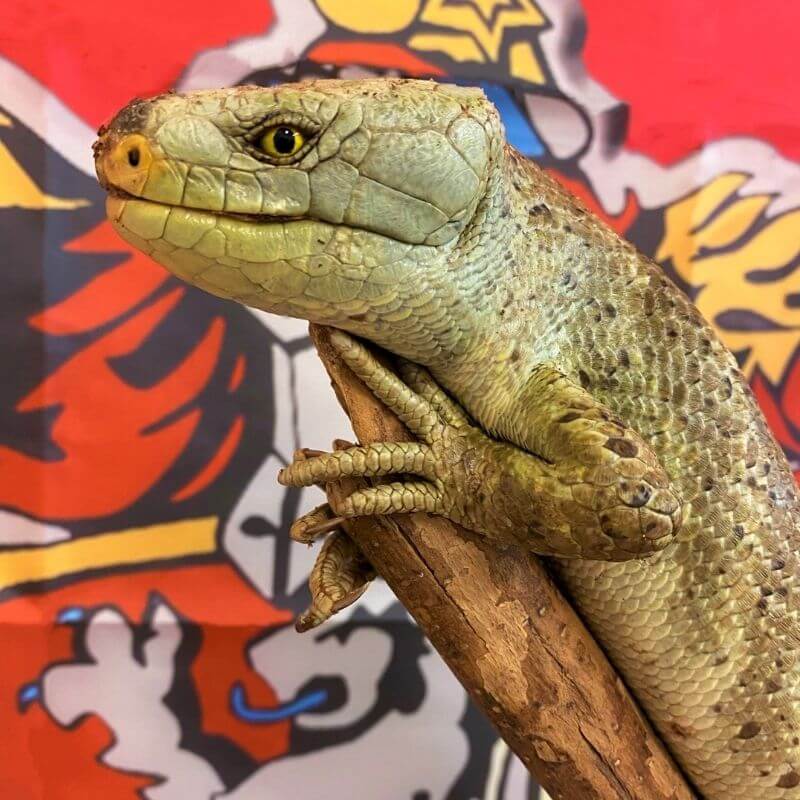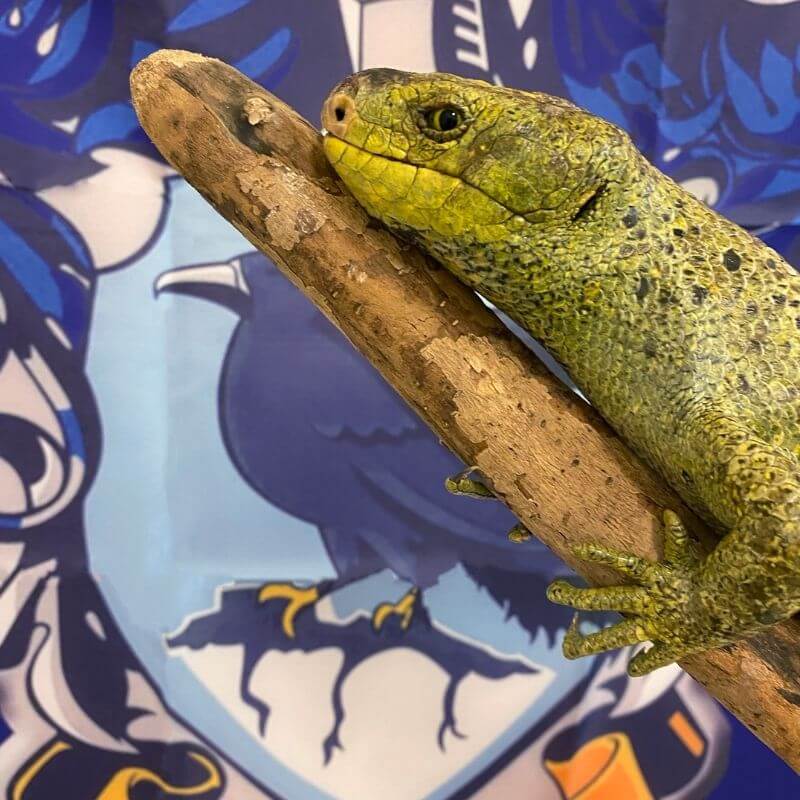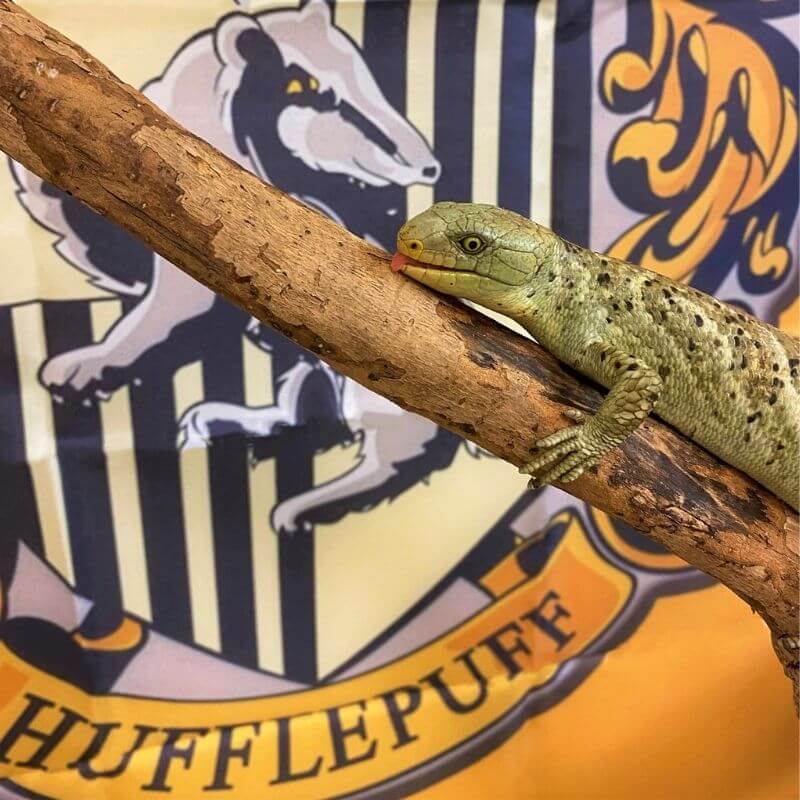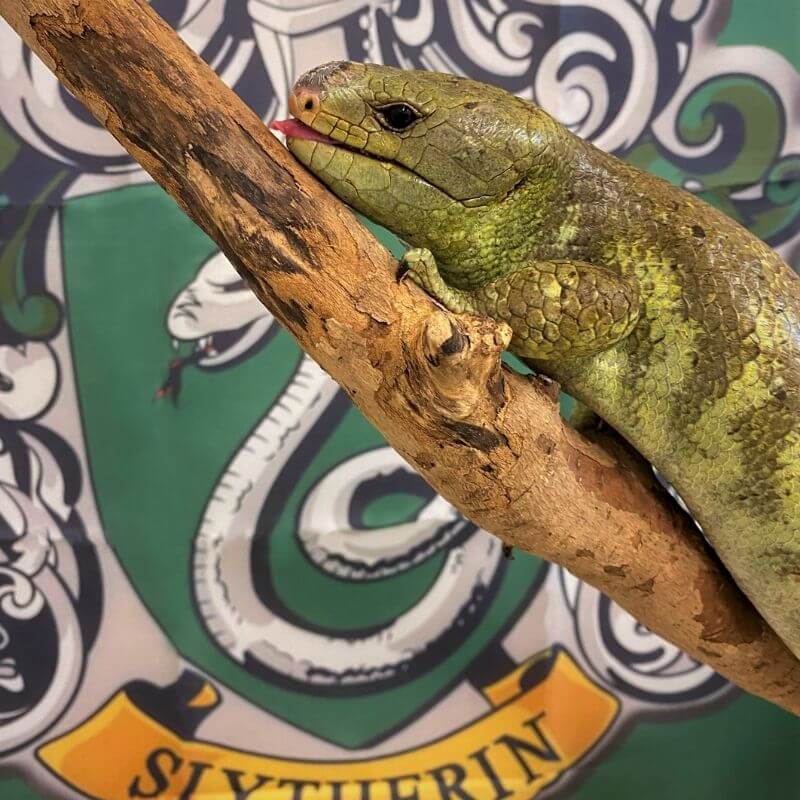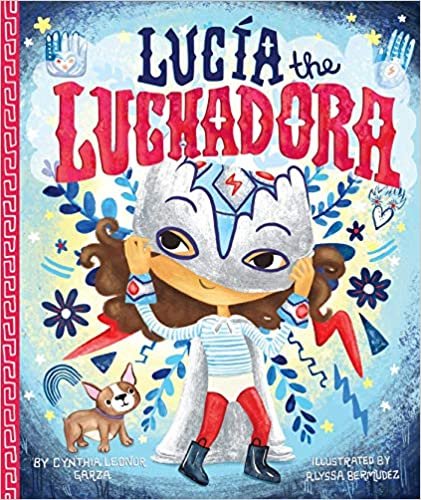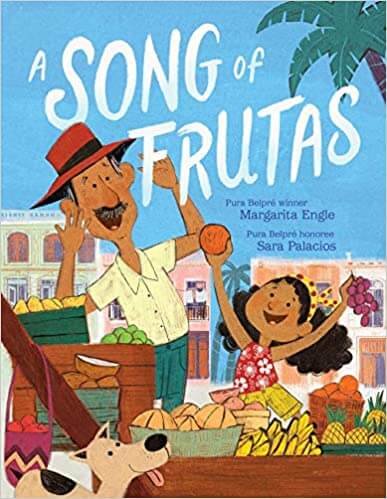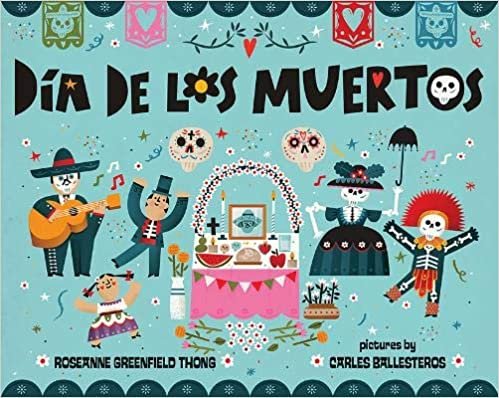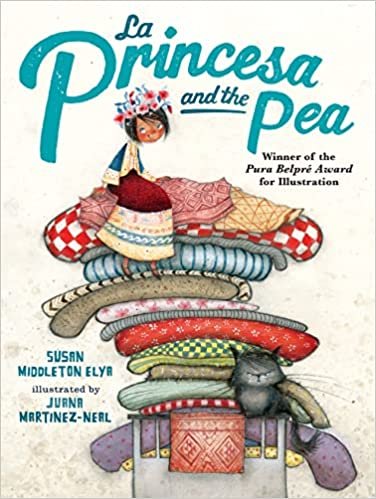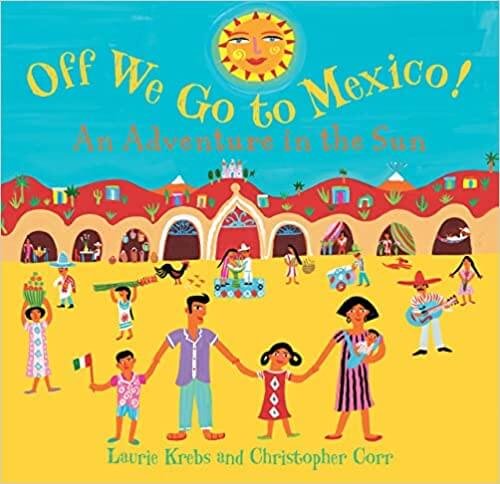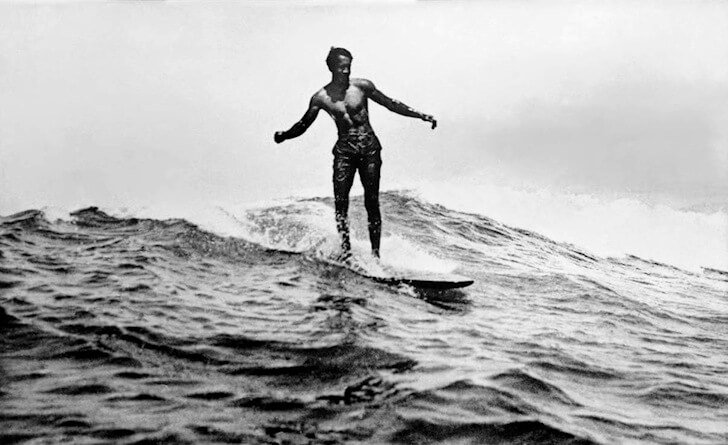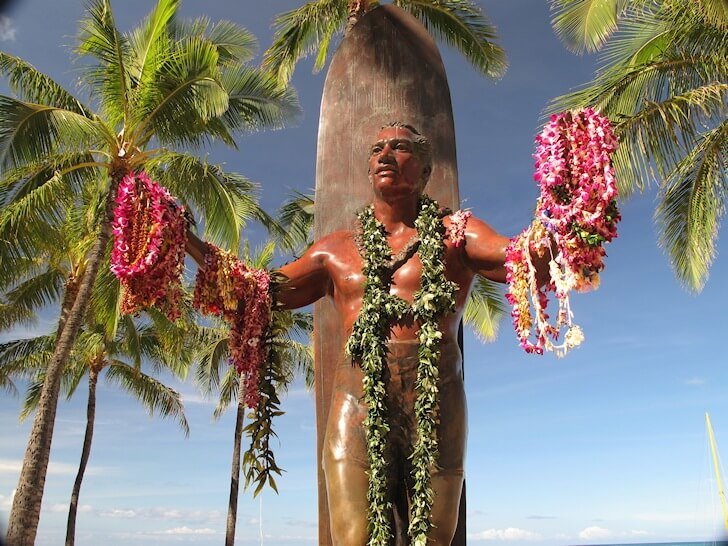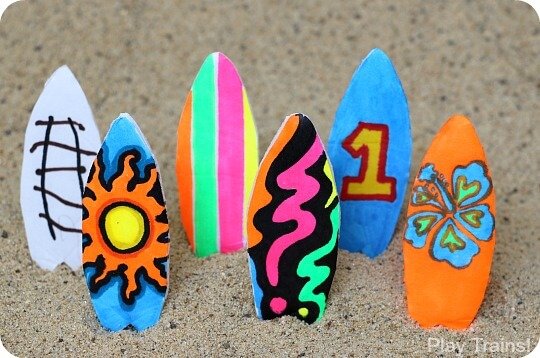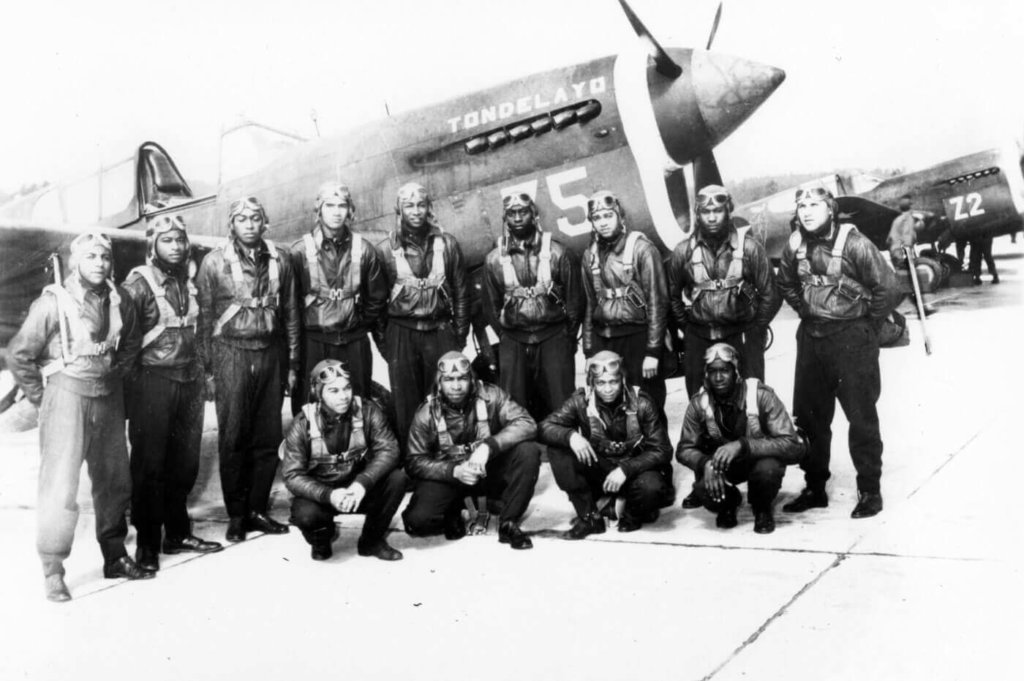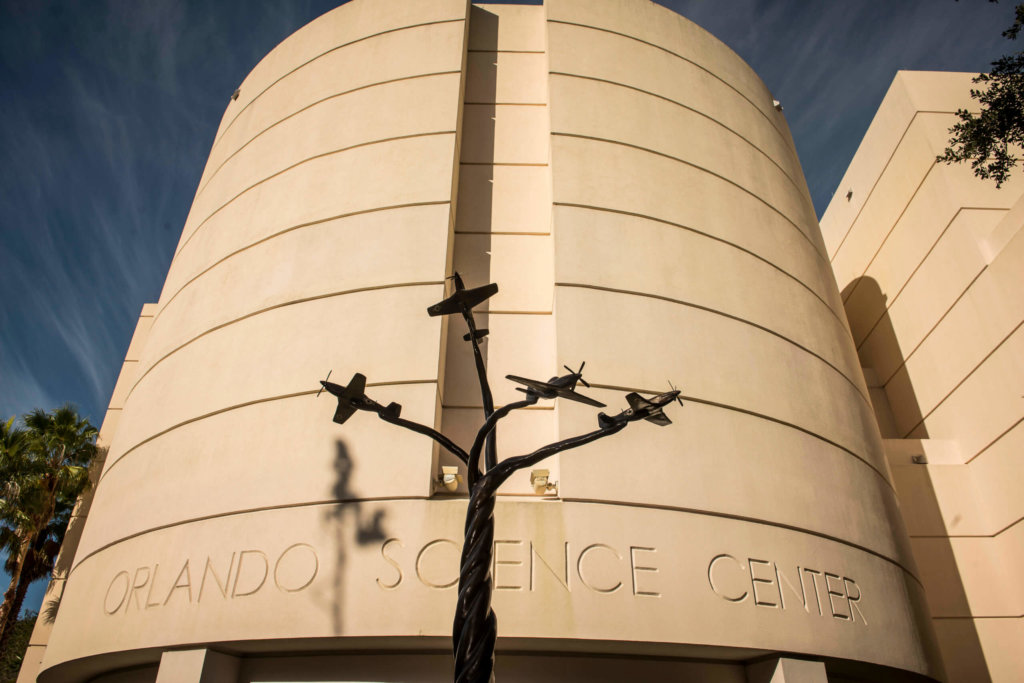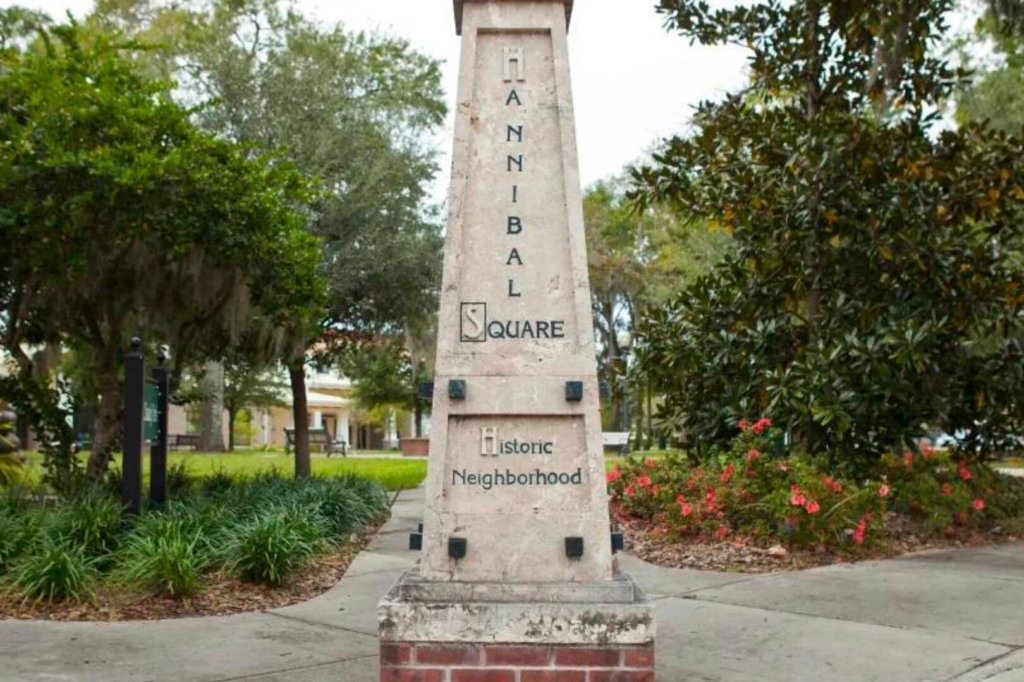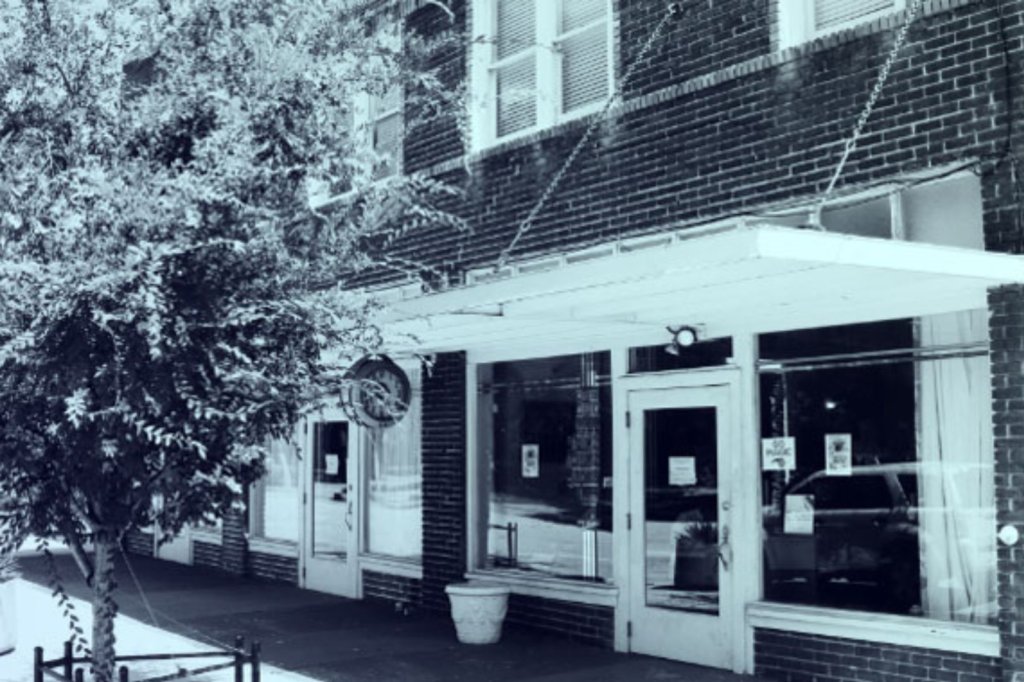The science of Flipping Pancakes
Pancakes are a common staple at the breakfast table, whether you’re at home in your PJs or drinking coffee at a diner, and it’s not hard to see why: they’re fluffy, light yet filling, and typically covered in delicious syrup. It’s designed to be comforting cuisine! They might be simple and quick to make, but there’s a lot of chemical science at work that’s easy to miss with your standard sleepy-morning eyes, so we’re going to examine the major steps along the way, from batter consistency to the right color. Let’s dive in to the science of flipping pancakes!
Naturally, the first step when making pancakes is to prepare your batter.
You can create it by either combining dry and wet ingredients like flour and eggs, or by using a pancake mix from your local store, which we’ll be looking at today. Pancake mix will take less time overall than measuring and combining all the other materials since they’re blended already, and contains dehydrated fats like powdered butter, egg powder, and buttermilk. Dehydrating fats, or drying as much moisture out as possible, prevents bacteria, yeast, and mold from growing and ensures the mix stays fresh for long periods. When we add a liquid like water or milk to it, it rehydrates the fats and produces the batter substance we’re looking for.
Before adding the liquid, your bowl contains plenty of dry ingredients and each one has its own role to play. The first ingredient is commonly used in the kitchen: flour. Flour is a powder ground from types of grains. One of these flours, wheat flour, contains two types of proteins that link together and make gluten.
So what's happening?
The natural chemical leavening agent we’ll be using is baking soda. This helps pancakes rise up while being fluffy and soft. Baking soda is a base with a high alkaline. When it mixes with an acid or in this case, the buttermilk, it creates bubbles that release a lot of gas.
If you’ve ever combined baking soda and vinegar before then you’ve seen the chemical reaction!
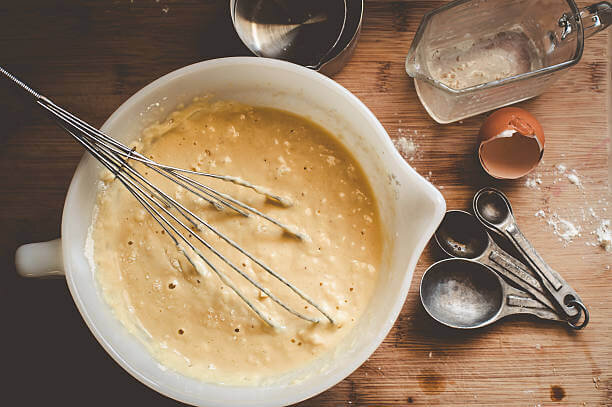
Now it’s time to add our liquid to help rehydrate the fats. Box mixes usually call for water, but today we’re going to add milk. Milk will up the fat content of our combination, leading to tender flapjacks with more richness and flavor. Now, you might be wondering what kind of milk to use.
The liquid helps to activate the baking soda and buttermilk, creating the reaction we just covered. These bubbles will rise as you stir. As this is happening, the CO2 bubbles will be trapped by the gluten in the batter when your pancake solidifies, leading to fluffiness! Avoid mixing the ingredients too much though. This can overwork the gluten formation and leave you with tough pancakes. You’re looking for a mixture that’s still lumpy yet blended.
Now that we’ve added our milk, it’s going to rehydrate it so the fat properties can take effect!
When you mix flour with eggs and liquid, the gluten molecules get more flexible and bind to each other to form networks, or nets. These nets trap the air from the carbon dioxide gas, causing the pancake to lift and have a chewable texture.
You can think of it like a hot air balloon, with the gluten as the balloon and CO2 as the warm air. As the CO2 rises up, it expands out the gluten netting giving it lift.
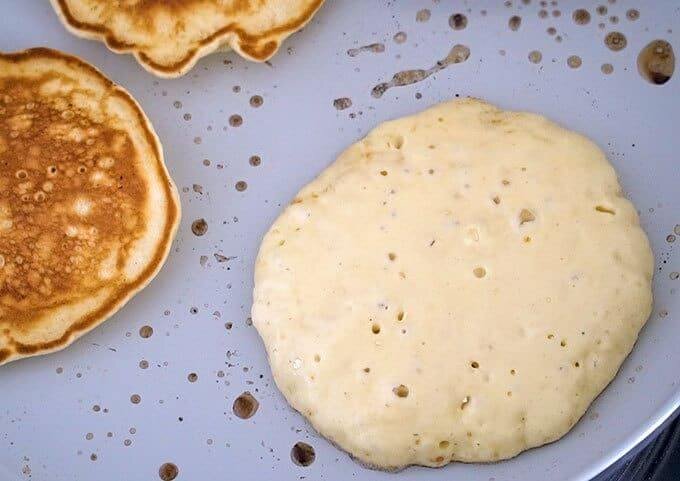
Let's get cookin'!
Now that we have our dry and liquid ingredients together, it’s time to get started! There’s a huge variety of ways to cook these cakes, but for this post we’ll be using a nonstick griddle pan. A nonstick surface is useful so we can flip our cakes without too much adhesion, and a griddle pan evenly distributes heat across the cooking surface so the entire cake is done at the same time. To start, you’ll want to heat the pan on medium heat, but avoid settings higher than this. Too hot would burn our breakfast and too low takes longer to finish! Once the pan is hot enough after a few minutes, take a scoop of batter and pour it in!
Do you see or hear anything when the mix hits the hot pan? You may hear a little bit of a sizzle. This sizzle helps indicate our next step taking place: the Maillard Reaction! This step creates the aroma and golden-brown color on the pancake.
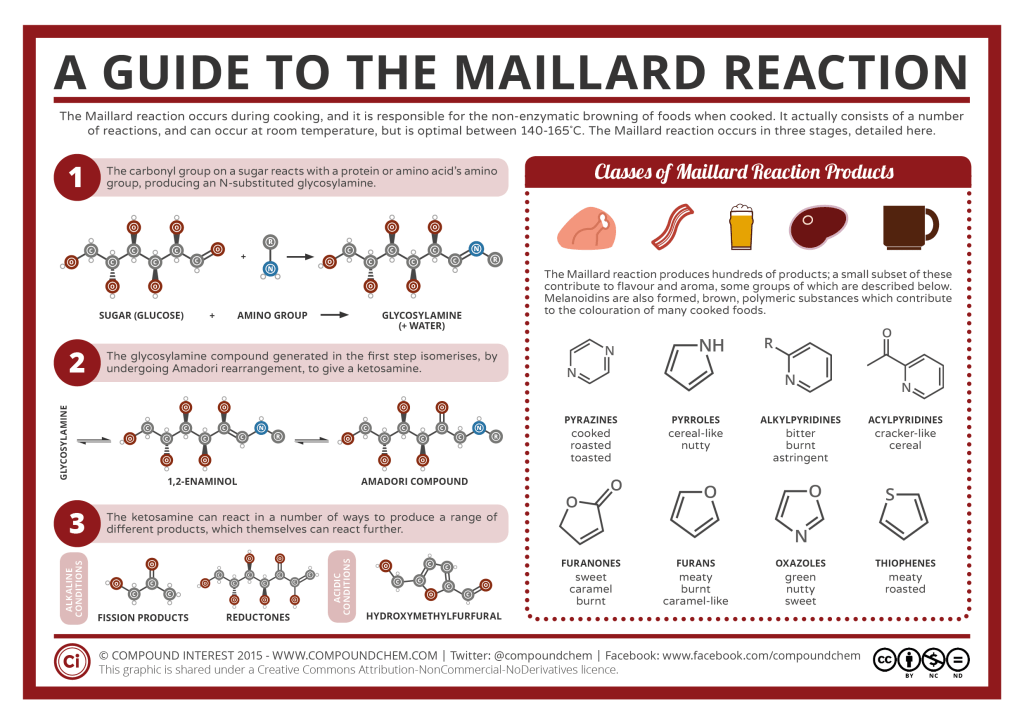
The Maillard Reaction is a chemical reaction between amino acids in the proteins and the carbon and oxygen atoms from sugars. They all bond together on the molecular level and result in a rich palette of distinct and varied flavors. Basically, the proteins and sugars in the mix transform into new flavors, aromas, and colors from the intense heat of the pan. This reaction is how we get coffee roasts, the crust on a steak, or the color and smell of baked bread!
After about a minute, you’ll see the pancake start to firm up and bubbles appear on top. The pancakes turn from liquid to solid through gelatinization. This is when the molecular bonds of starch molecules start to break down when heat and water are introduced. The starch granules absorb the water, swell up, and burst, which causes the batter to thicken and form. The bubbles on top let you know when it’s time to flip the pancake to the other side. This is the gas being forced out of the pancake batter. Cooking raises the temperature and increases the pressure of dissolved carbon dioxide. Bubbles form and rise as the volume of CO2 increases and the capacity of the batter firms up. Once the bubbles pop and release gas, you’re good to flip!
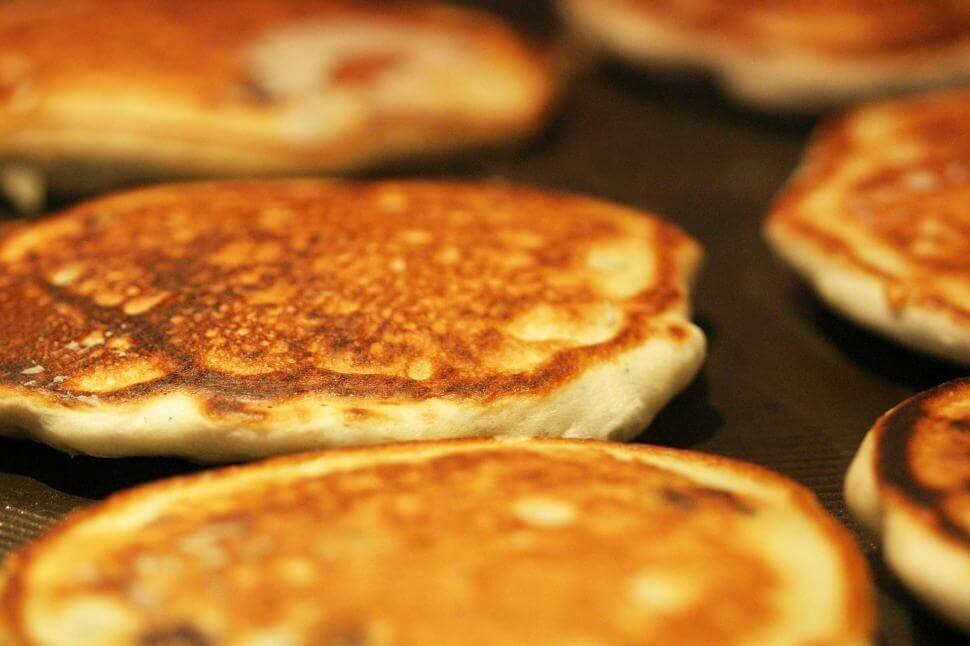
You’ll let it cook for about a minute on the other side. It’ll take less time since there’s already heat in the pancake. Once you get the golden-brown crust you want, take it off the heat and onto your plate! Since you’ll have plenty of remaining batter, you might as well make more. Even as you get low on batter, you can still eat delicious tiny flapjacks! When it’s all ready, serve it up and add your favorite topping. Maple syrup, whipped cream, loose berries, chocolate chips…whatever your heart desires! As we can see, there’s a lot of science that can go into serving up the simple flapjack.
